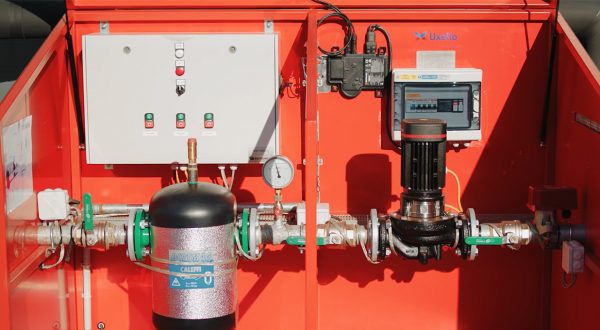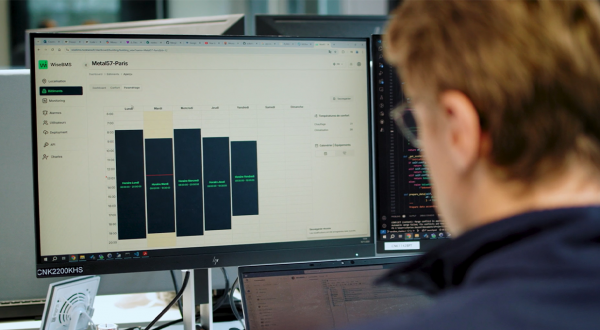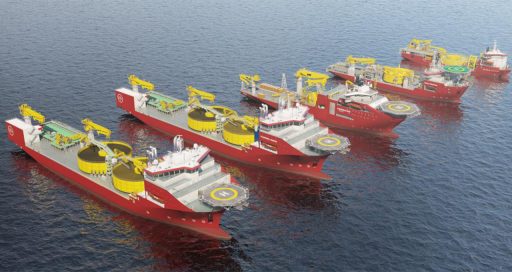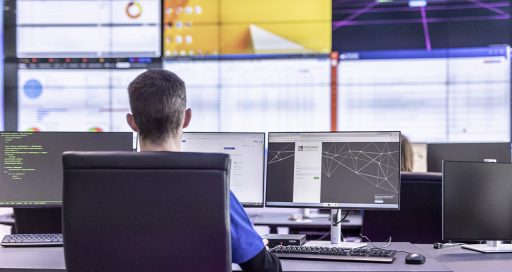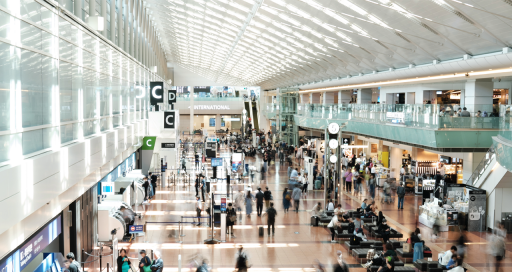WAVE – the building that combines smart building with low tech
Reading time: 5 min
In Lille, the VINCI Energies regional headquarters is a melting pot of new uses, in a building that is both “smart” and energy efficient. The key component of the system is a unique web app that allows individual users to interact with the building’s spaces.
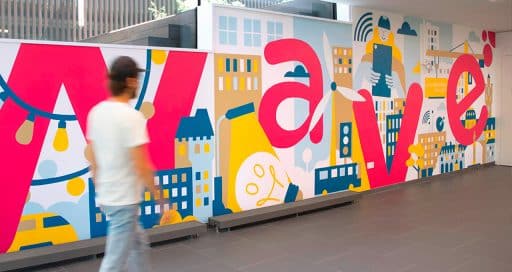
The VINCI Energies WAVE building in Lille is the first to obtain the highest level of the Ready2Services label.
Often presented as a major indicator of the transformation in working practices, the smart building has yet to generate the response that its promoters predicted.
But the barriers to incorporating so-called smart technologies into existing building stock are not the only reason. The promises of smart building were based on the omnipotence of high-tech applications that are becoming less and less compatible with the requirements of energy transition and growing social pressure for more frugal energy practices in industry.
If the building of the future is to find its place, therefore, it must combine innovation with useful, sustainable, economical and energy-efficient technologies.
Key-free, paper-free, plastic-free
Constructed in 2019 in the EuraTechnologies district of Lille given over to startup incubation, the new VINCI Energies building is one of the first to make the low-tech shift in tertiary real estate.
“An interface that enables any building user to interact easily with every smart feature of the building.”
The absence of tags, keys or fobs grants more fluid access to spaces. The absence of paper means fewer storage cupboards, more floor space and more glass surfaces to optimise heat and light levels. There is no plastic, and therefore no waste bins and less need for cleaning services. There are fewer parking spaces than car-using employees, and so carbon emissions are reduced.
“We wanted to create a working environment for our 100 employees that aligns with energy transition and digital transformation”, says David Desablence, the VINCI Energies Building Solutions business development director for Hauts de France, “A place that incorporates the most innovative smart building functions while improving the well-being of its users. Above all, we wanted to make users’ needs and expectations our starting point”.
Communications solutions
Named WAVE (from “We Are VINCI Energies”), the 2,000 sq. metre headquarters is one of a trio of identical-looking buildings. But unlike the other two, WAVE was built as a comprehensive technical package, with all solutions designed in advance to communicate with each other using an open protocol.
The building also uses a mobile application, also called Wave, that enables employees to connect to the building’s web platform using their smartphones, to access a multitude of services and autonomously manage various functional applications: lighting, lifts, heating, air quality, blinds, meeting room bookings, parking spaces, alarms, doors, etc.
Smart Building Energies is a VINCI Energies startup created in 2018 to develop the Wave Platform application in partnership with Microsoft. Its Business Unit Manager Frédéric Thouot explains that “Applications developed for smart buildings tend to specialise by function: one app for lighting, another for heating, a third for parking, and so on. This generates extra cost and makes them complicated to use. Crucially, we wanted a single, intuitive interface that is simple but comprehensive and enables any building user to interact easily with every smart feature of the building”.
“Measuring to improve”
The building contains 2,700 data points and 570 networked devices. Because it is fully interoperable, it can analyse the enormous quantity of data produced and self-manage according to its own findings.
“At VINCI Energies, our philosophy is one of measuring to improve”, says Eugénie Guilpain, Energy Manager at VINCI Energies France Tertiaire Nord-Est & Sécurité Incendie. “And we measure absolutely everything, down to an extremely fine level. Every month, I present dashboards to the divisional management committee, and from these, propose energy performance actions (EPA) under three headings: economic expenditure, kilowatt hours and kilograms of carbon”.
WAVE received the public prize at the 2019 Green Solution Awards and the 2019 SIMI Grand Prize, and has achieved BREEAM Very Good certification and the Effinergie+ label. Above all, in December 2020, it became the first building to receive the highest level of the R2S (Ready2Services) label created by the Smart Buildings Alliance (SBA) and issued by the certification agency Certivea.
And the building can boast one further achievement: overall energy consumption is 30% lower than in the two adjacent buildings.
16/03/2023
